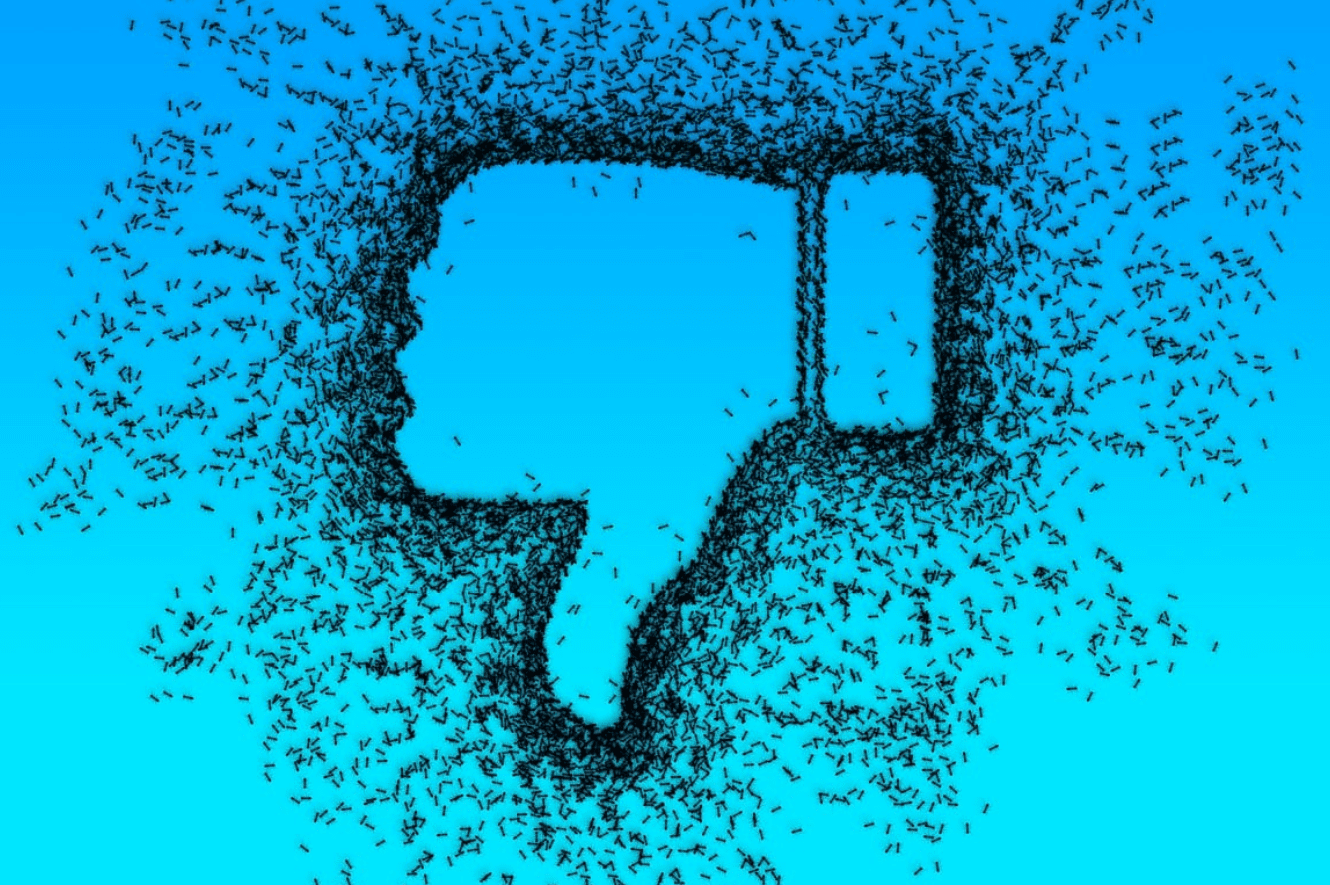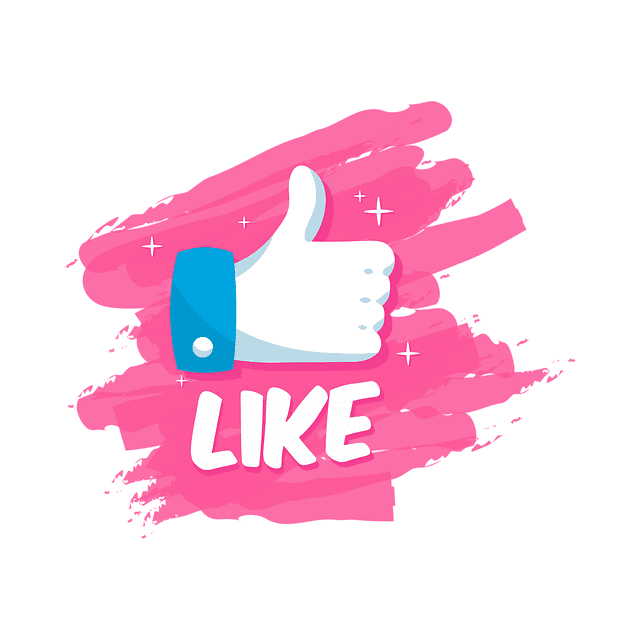Technology in the 21st century has become a double-edged sword that offers both extraordinary opportunities and significant challenges. This duality is exemplified by the evolution of social media, particularly through the story of the ‘like‘ button.
This seemingly innocent button has transformed the way we interact with the world and with each other. While its initial purpose was to spread positivity, it has evolved into a powerful force with unintended, and often harmful, consequences.
Yes, on one hand, 21st century technology promises a utopian future where knowledge, connection, and innovation are within everyone’s reach. On the other, it harbors the potential for a dystopian reality, where individuals are manipulated through echo chambers, polarization, and have become victims of addiction and surveillance.
How the Like Button Creates Utopian Future and Dystopian Reality

1. How Initial Technology Promised Utopian Vision
In its ideal form, technology empowers us to create a ‘utopia‘ where everyone freely accesses information, eliminates communication barriers, and strengthens communities.
Utopia is defined as
a perfect society in which people work well with each other and are happy:
Cambridge Dictionary
The rise of social media platforms epitomized this vision, offering users the ability to connect with friends, share ideas, and participate in global conversations.
Facebook introduced the ‘like button’ in 2009 as a simple way for users to express appreciation, support, or agreement with a post. The goal was to promote positive interactions, where people acknowledged each other’s contributions with minimal effort.
It quickly became a universal symbol of approval across popular platforms like Instagram, Twitter, and YouTube.
In a utopian sense, the ‘like button’ was a tool for social validation. It reinforced positive behavior, built a sense of community, and became a digital handshake, signaling mutual recognition and respect. Apparently this contributed to the overall sense of connectedness that early social media platforms aimed to create.
2. The Dystopian Reality of Mordern Day Technology
However, as social media platforms grew, so did their influence on our lives. Consequently, the ‘like button’ evolved from a symbol of positive reinforcement into something more insidious – a dystopian reality!
a very bad or unfair society in which there is a lot of suffering, especially an imaginary society in the future
Cambridge Dictionary
What was once a simple gesture of approval became a powerful metric for measuring social worth.
The number of likes a post received became a proxy for popularity, success, and even self-esteem. This shift marked the beginning of a dystopian turn, as the quest for likes started shaping user behavior in unintended ways.
The constant pursuit of likes has led to a range of negative consequences. Users often curate their online personas to maximize likes, presenting idealized versions of themselves that may not reflect their true identities.
This can create a sense of inadequacy among those who struggle to achieve the same level of approval. Ultimately, it leaves many with feelings of anxiety, depression, and social isolation.
The pressure to gain likes has also contributed to the spread of misinformation and sensational content, as users and content creators often resort to extreme or controversial posts to capture attention and drive engagement.
In this environment, creators often sacrifice quality and authenticity in favor of content that will generate the most likes, shares, and comments.
Moreover, the algorithms that underpin these platforms amplify this behavior by prioritizing content that is likely to provoke strong emotional reactions, regardless of its truthfulness or value.
As a result, social media has become a breeding ground for echo chambers and polarizing narratives, further dividing society and eroding trust in public discourse.
… the ethical dilemma!
The dystopian reality extends beyond individual mental health and societal division. It also raises concerns about privacy and surveillance, as social media companies collect vast amounts of data on user behavior, preferences, and interactions.
This data is then used to target users with personalized ads and content. This further reinforces the addictive nature of these platforms, perpetuating the cycle of engagement and validation.
In essence, the like button, that was once a benign feature designed to promote connection, has become a tool that can manipulate behavior, compromise mental well-being, and contribute to the degradation of societal values.
This transformation underscores the darker complex ethical challenges we face in the digital age.
Should We Blame the Business Model?

The transformation of the like button from a tool of connection to one of addiction and social validation raises the question: should we blame the business model for this breakdown?
Many would argue that the business model of social media platforms is at the heart of the problem. These platforms maximize user engagement because their revenue models rely on advertising.
The more time users spend on the platform, the more ads they see, and the more data the platform can collect to target ads more effectively. This creates an incentive to design features—like the like button—that keep users coming back, even if it means exploiting psychological vulnerabilities.
The business model prioritizes profit over the well-being of users, often favoring sensationalism, outrage, and divisive content over thoughtful, balanced discourse.
Conclusion: Navigating the Utopia-Dystopia Spectrum

The like button, once a symbol of positive interaction, has become a reminder of how easily technology can be co-opted by profit-driven motives, leading to unintended and often harmful consequences.
As we continue to weave our way through this complex reality, it is important that we remain vigilant about the impacts of technology on our lives. This requires not only holding corporations accountable for their business models but also promoting a culture of digital literacy and ethical technology use. We need to sit back, reflect, and hopefully, do the right thing!
Only then, can we harness the utopian potential of technology while mitigating its dystopian threats. Hopefully, this will create a future that truly benefits us all.





Leave a Reply